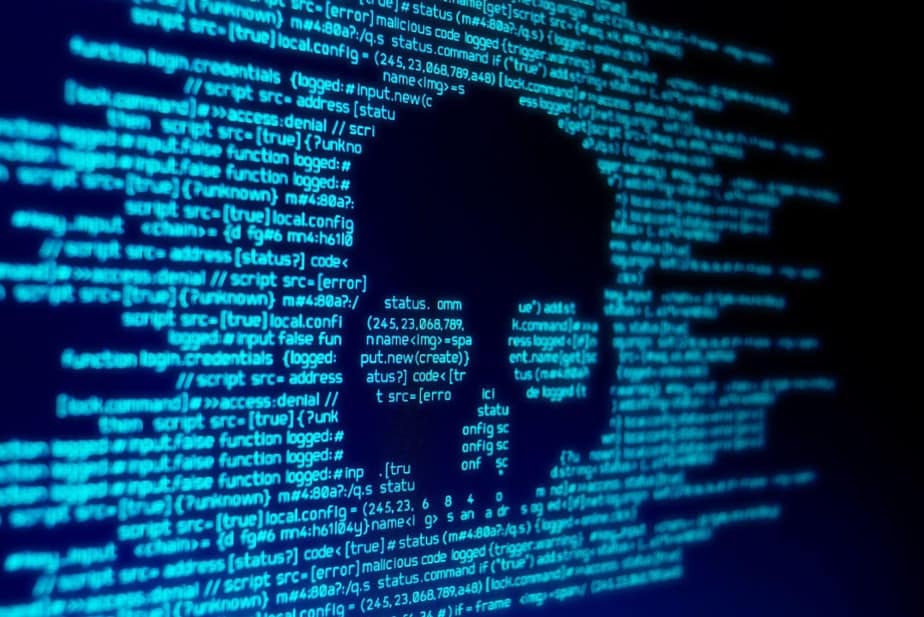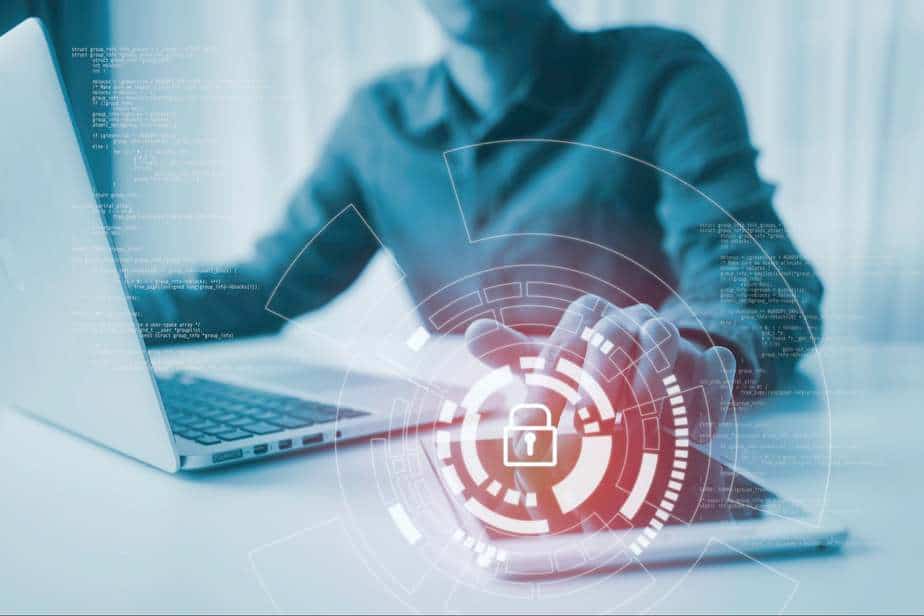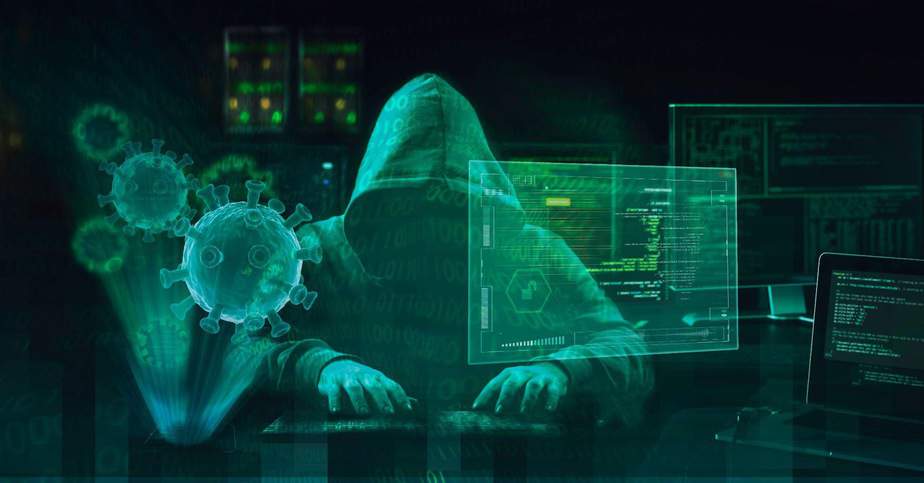Last year a certain c-word hit and turned the world upside down. The way we function as a society has taken a dramatic shift, and remote work has been at the forefront of this change. The problem is, as great as remote work can be, it doesn’t come without its challenges. Gone are the protections of big offices and their top-notch security systems, firewalls and the lot. As a result, cyber attackers are on the prowl and the threat is higher than ever. Businesses are having to rely on new technologies, employees’ at home cyber-security and trust that they’re not letting their guard down away from the safeguarding environment of the office.
What are some steps you can take to protect your business?
What’s The Threat?
First and foremost, it’s important to understand what drives cyber attackers to steal your business’s data. In recent years data has surpassed oil as the world’s most valuable commodity, and every business has access to data that’s valuable to someone out there. Whether that’s contact details in a database, confidential documents or passwords to user accounts, it’s all worth something to a cyber attacker on the dark web.

Types of Attack
A malicious cyber attacker can strike in many ways, so there’s absolutely no part of the funnel you should be letting down your guard on. Here are a number of common attack types that affect businesses:
- Malware attacks, including ransomware and spyware. This is when malicious malware is installed on your device (often via clicking on a dangerous link) and can then block access to certain files, hold them ransom and demand a fee for their return, install harmful viruses that can lead to malfunction, access and steal confidential data and stop certain systems from functioning.
- Man-in-the-Middle (MiM) attacks are where cyber criminals eavesdrop on data conversations while they’re in transit. They put themselves in the middle of the traffic, meaning they can steal it.
- Phishing. This is a big risk for businesses because it relies heavily on employees using common sense and not opening any link, attachment or partaking in any campaign that seems suspicious. Phishing is when cyber attackers send fraudulent messages that appear to look legitimate, often via email. The aim of the game is to steal confidential data, which can be obtained either by the link installing malware onto the compromised device or by scamming victims into revealing sensitive information such as credit card details or passwords.
- Denial-of-Service attacks are when a system or server is overwhelmed with traffic to the point that it can no longer operate. For example, a cyber criminal could attempt to login to thousands of user accounts at once, causing the entire network to shut down. Obviously this is a huge threat to businesses that offer services.
Cyber Security Technology
The best solution to the above threat is to use technology systems with a proven track record and all the encryption in place to protect your business’s data. Take Dropbox, for example, a cloud storage solution with a Business subscription model that allows your employees to share files of any variety with full protection.
With Dropbox file and photo storage, employees can control who has access to each file and for how long with password protection, limiting the risk of it ending up in the wrong hands. All of your files will benefit from multi-layer protection, which is especially important in the times of GDPR and other such privacy regulations. Two-factor authentication ensures extra protection from intruders hacking your employees’ accounts. It also offers great peace of mind that any breached files can be recovered easily.
Most importantly, files shared via Dropbox are also encrypted with TLS so they’re protected from third parties while in transit. This is a crucial weak spot cyber attackers target because it’s so often forgotten about, but not with Dropbox.
Dropbox also allows businesses to customize their account to find security solutions to suit you. Naturally, every business operates differently and can benefit from different security features. These are just a few of the many security features Dropbox offers.
There are many other technologies that offer top-notch cyber security for the new remote work landscape. One example is hardware authentication, which is an up-and-coming technology. It directly combats the issues with passwords, which can be easily breached, and offers a more secure solution. Authentication is instead built into device hardware to validate a user’s identity more securely. The combination of password authentication with device hardware authentication doubles up the protection. However, this can be a pricey investment for businesses, especially as it would require replacing all processors used on devices.
Password Safety
It might seem like stating the obvious, but password and safety is so often overlooked, despite it being so often the cause of a data breach within companies. By simply offering your employees password training and having strict guidelines on internal password safety, you’re mitigating the risk of a cyber attack.

Employees should be made to change their password every few months at least, and they should be forced to include numbers, capital letters, and symbols that make their password as complicated as possible. They should be encouraged not to store their password on any third-party system. All of these tips and more can be the difference between a breach and no breach. You shouldn’t just assume that your employees are being password safe if you’re not implementing rules to ensure it.



















Leave a Reply